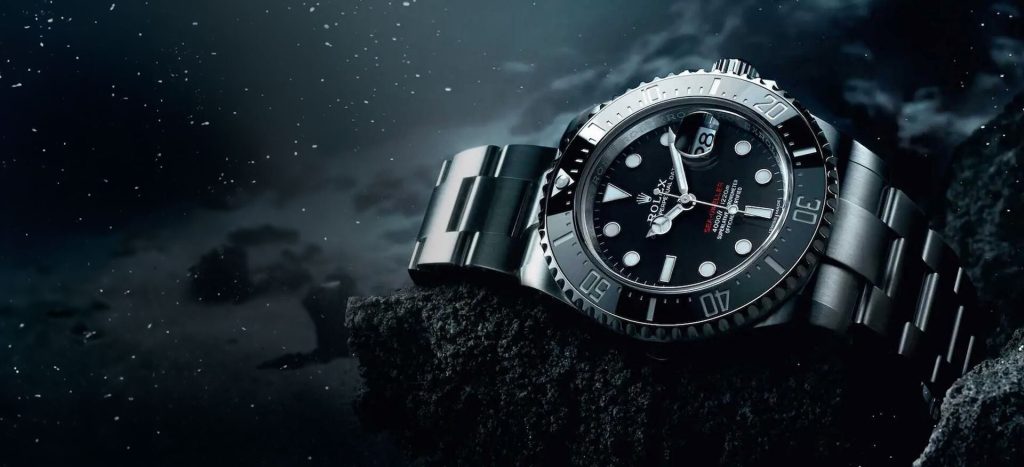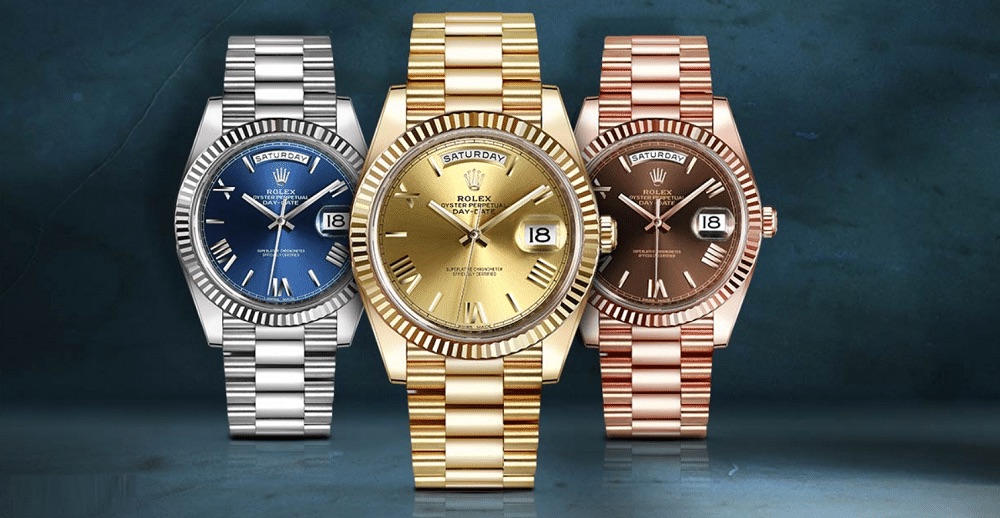Introduction
Swiss watches have long been celebrated for their unparalleled craftsmanship, precision, and timeless elegance. The phrase “Swiss Made” on a watch is synonymous with quality and reliability, a testament to centuries of innovation and dedication to the art of horology. But what exactly makes Swiss watches the gold standard in the world of timekeeping? This article explores the history, craftsmanship, technological advancements, and cultural impact that have established Swiss watches as the epitome of excellence in horology.
Historical Significance
The history of Swiss watchmaking dates back to the 16th century, when religious reformer John Calvin imposed strict sumptuary laws in Geneva. These laws prohibited the wearing of jewelry, prompting jewelers to turn their skills to watchmaking. This marked the beginning of Geneva’s transformation into a hub for horology. By the 18th century, Swiss watchmakers had already begun to establish a reputation for producing high-quality, innovative timepieces.
In the 19th century, the Swiss watch industry experienced significant growth, fueled by the advent of new technologies and the establishment of watchmaking schools. Swiss watchmakers began to standardize parts, allowing for mass production without compromising quality. This period also saw the rise of notable Swiss watchmakers such as Patek Philippe, Vacheron Constantin, and Audemars Piguet, whose pioneering designs and technical innovations set new standards in the industry.
Craftsmanship and Precision
One of the primary reasons Swiss watches are revered is the exceptional craftsmanship involved in their production. Swiss watchmakers are known for their meticulous attention to detail and commitment to precision. Each component of a Swiss watch is crafted with the utmost care, often by hand, and undergoes rigorous testing to ensure it meets the highest standards of quality.
The Swiss lever escapement, invented in the 18th century, is a prime example of Swiss innovation in watchmaking. This mechanism, which controls the release of energy from the mainspring to the gear train, significantly improved the accuracy and reliability of timepieces. The precision engineering of the escapement and other components, such as the balance wheel and hairspring, are crucial to the exceptional performance of Swiss watches.
Innovation and Technological Advancements
Swiss watchmakers have a long history of innovation, constantly pushing the boundaries of what is possible in horology. The perpetual calendar, the tourbillon, and the minute repeater are just a few of the complex complications developed by Swiss watchmakers that demonstrate their technical prowess.
In the mid-20th century, the Swiss watch industry faced a significant challenge with the advent of quartz technology. The “Quartz Crisis” of the 1970s saw many traditional watchmakers struggle as inexpensive, highly accurate quartz watches from Japan flooded the market. However, Swiss watchmakers responded by focusing on the luxury segment, emphasizing the artistry and craftsmanship of mechanical watches. This strategic shift not only preserved the industry but also led to a renaissance in mechanical watchmaking.
One of the key innovations that emerged from this period is the Swatch watch. Introduced in 1983, Swatch combined Swiss quality with affordability and contemporary design. The success of Swatch revitalized the Swiss watch industry and demonstrated the potential for innovation within the framework of traditional watchmaking.
The “Swiss Made” Label
The “Swiss Made” label is more than just a mark of origin; it is a guarantee of quality and precision. To earn this designation, a watch must meet strict criteria set by Swiss law. At least 60% of the watch’s production costs must be incurred in Switzerland, and the movement, the heart of the watch, must be Swiss. Additionally, the watch must be assembled and inspected in Switzerland.
These stringent requirements ensure that any watch bearing the “Swiss Made” label upholds the high standards associated with Swiss watchmaking. The label serves as a testament to the skill and dedication of Swiss watchmakers and reinforces the global reputation of Swiss watches for excellence.
Cultural Impact and Iconic Brands
Swiss watches have had a profound cultural impact, becoming symbols of prestige, success, and refinement. Wearing a Swiss watch is often seen as a status symbol, a reflection of one’s appreciation for fine craftsmanship and timeless elegance. This cultural significance is reinforced by the prominence of Swiss watches in popular culture, from movies and television to endorsements by celebrities and athletes.
Several Swiss watch brands have become icons in their own right, each with a rich heritage and distinctive identity. Rolex, for example, is synonymous with luxury and reliability, known for its robust designs and association with exploration and adventure. Patek Philippe, on the other hand, is renowned for its intricate complications and exquisite finishing, epitomizing the pinnacle of haute horology.
Omega is another iconic Swiss brand, celebrated for its precision and innovation. The brand’s association with space exploration, particularly its role as the official watch of NASA astronauts during the Apollo missions, has cemented its place in history. The Omega Speedmaster, also known as the “Moonwatch,” is one of the most recognizable and revered watches in the world.
The Role of Swiss Watchmaking Schools
Swiss watchmaking schools play a crucial role in maintaining the high standards of the industry. Institutions such as the Watchmakers of Switzerland Training and Educational Program (WOSTEP) and the Geneva Watchmaking School provide rigorous training in both traditional techniques and modern technologies. These schools ensure that the knowledge and skills of Swiss watchmaking are passed down to new generations of artisans, preserving the legacy of excellence.
Commitment to Sustainability
In recent years, the Swiss watch industry has also made significant strides in sustainability. Many Swiss watchmakers are adopting environmentally friendly practices, from sourcing ethical materials to implementing energy-efficient manufacturing processes. Brands like IWC Schaffhausen and Panerai are leading the way with their commitment to reducing their environmental impact and promoting sustainable luxury.
Conclusion
The supremacy of Swiss watches in the world of horology is the result of centuries of innovation, unparalleled craftsmanship, and a relentless pursuit of perfection. The historical significance, technical advancements, and cultural impact of Swiss watchmaking have established it as the gold standard in the industry. Whether through the meticulous craftsmanship of a Patek Philippe complication, the rugged elegance of a Rolex sports watch, or the cutting-edge technology of an Omega timepiece, Swiss watches continue to captivate and inspire watch enthusiasts around the globe. As the industry evolves, the commitment to quality, precision, and innovation that defines Swiss watchmaking will undoubtedly endure, ensuring its place at the pinnacle of horology for generations to come.





